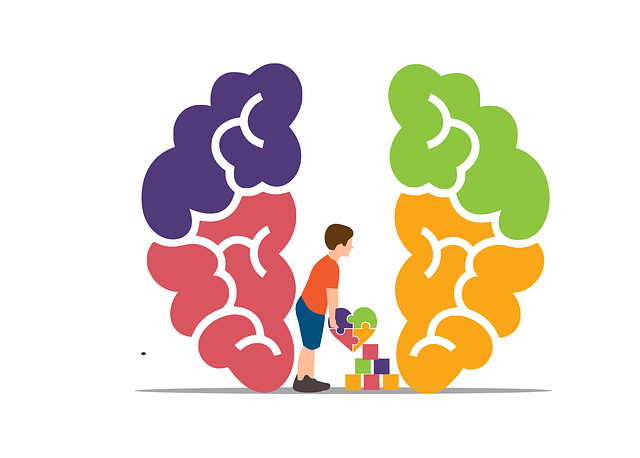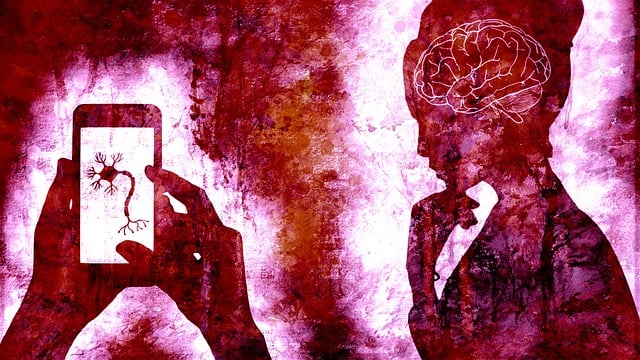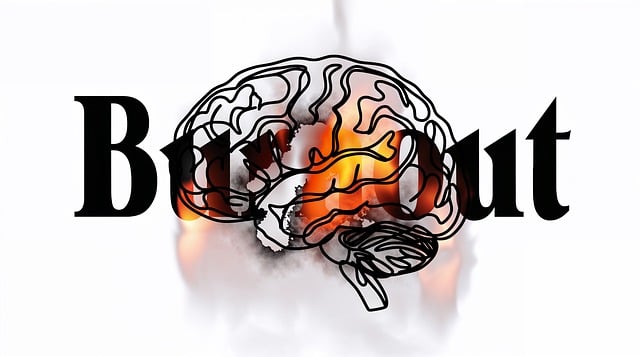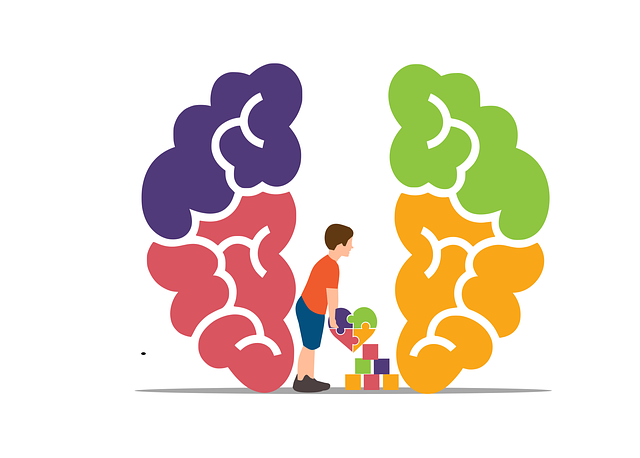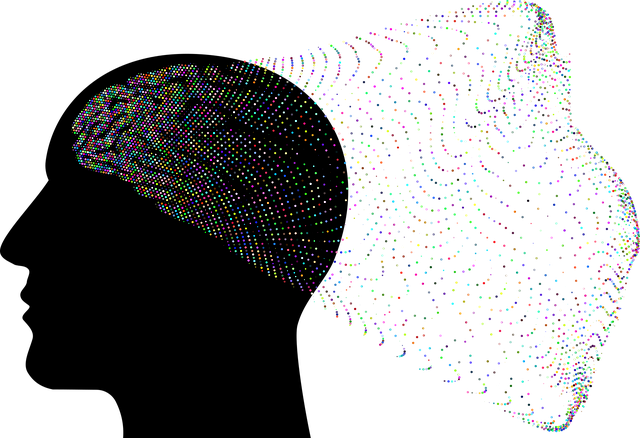Lone Tree Panic Disorder (LTPD) is a specific type of panic disorder characterized by anxiety in isolated settings, with symptoms like rapid heartbeat. Effective Lone Tree Panic Disorder and Anxiety Attacks Therapy combines cognitive-behavioral therapy (CBT), exposure therapy, stress reduction techniques, and communication strategies to manage symptoms. Crisis intervention includes risk assessment, de-escalation, safety planning, and wellness coaching, aiming for long-term mental health management. Therapeutic approaches like CBT modify thought patterns, promote mindfulness, and build confidence to challenge triggers independently, enhancing overall well-being.
Crisis intervention is crucial for those facing Lone Tree Panic Disorder (LTPD) and anxiety attacks, offering vital support during acute episodes. This article guides readers through effective strategies, from immediate crisis interventions to long-term therapeutic approaches, ensuring a comprehensive understanding of LTPD and anxiety attack management. We explore how to prevent and cope with future episodes, providing essential tools for both individuals and professionals aiming to offer effective LTPD and anxiety attacks therapy.
- Understanding Lone Tree Panic Disorder and Anxiety Attacks
- Strategies for Immediate Crisis Intervention
- Therapeutic Approaches for Long-Term Management
- Supporting Individuals in Preventing and Coping with Future Episodes
Understanding Lone Tree Panic Disorder and Anxiety Attacks

Lone Tree Panic Disorder (LTPD) refers to a specific type of panic disorder characterized by sudden and intense episodes of anxiety that occur in isolated or secluded places, often associated with trees or elevated areas. It’s more than just fear of heights; it’s an irrational dread triggered by the feeling of being trapped or cut off from help. Therapy for LTPD typically involves a combination of cognitive-behavioral therapy (CBT) and exposure therapy to help individuals confront their fears in a safe, controlled environment.
Understanding and recognizing the symptoms is crucial. Anxiety attacks can manifest through physical signs like rapid heartbeat, sweating, trembling, or shortness of breath. Effective communication strategies taught during therapy empower individuals to articulate their experiences and distress to others. Additionally, stress reduction methods such as deep breathing exercises, mindfulness practices, and progressive muscle relaxation are integral parts of the healing process. Self-esteem improvement is also addressed, as building confidence can help individuals challenge negative thoughts and beliefs associated with their disorder.
Strategies for Immediate Crisis Intervention

In moments of acute crisis, especially when dealing with conditions like Lone Tree Panic Disorder and Anxiety Attacks, immediate intervention is paramount. Crisis intervention strategies are designed to stabilize individuals and prevent further deterioration or harm. For mental health professionals, this involves swiftly assessing the situation using comprehensive risk assessment tools tailored for crisis situations. By identifying potential risks such as self-harm, suicide ideation, or violent behavior, practitioners can implement appropriate interventions like de-escalation techniques, safety planning, and temporary support systems.
Effective immediate crisis intervention requires a multi-faceted approach. This includes not just addressing the present crisis but also preparing individuals for long-term management of their mental health. Mental wellness coaching programs development can play a significant role here by teaching coping mechanisms, promoting resilience, and fostering self-care practices. The goal is to empower individuals to navigate future challenges with enhanced coping strategies, thus reducing reliance on continuous crisis intervention.
Therapeutic Approaches for Long-Term Management

Therapeutic approaches play a pivotal role in managing Lone Tree Panic Disorder and Anxiety Attacks effectively over the long term. Beyond acute crisis intervention, several strategies can significantly enhance an individual’s well-being. One prominent method involves cognitive-behavioral therapy (CBT), which focuses on identifying and modifying unhelpful thought patterns and behaviors contributing to anxiety. By teaching individuals to challenge negative thoughts and engage in grounding techniques during panic episodes, CBT equips them with powerful tools to manage their disorder.
Additionally, mindfulness-based interventions have gained prominence for their effectiveness in reducing anxiety symptoms. Practicing self-awareness exercises and cultivating present-moment awareness can help individuals detach from anxious thoughts. Incorporating regular meditation or yoga sessions into one’s routine can serve as valuable burnout prevention strategies for healthcare providers, promoting self-care while enhancing overall resilience against stress and anxiety. Boosting confidence through targeted exercises further empowers individuals to confront their fears, fostering a sense of control and empowerment in managing their Lone Tree Panic Disorder.
Supporting Individuals in Preventing and Coping with Future Episodes

Supporting individuals in preventing and coping with future episodes is a crucial aspect of crisis intervention guidance. After an anxiety attack or episode of Lone Tree Panic Disorder (LTPD), therapy plays a pivotal role in helping individuals understand and manage their symptoms effectively. Techniques such as cognitive-behavioural therapy (CBT) teach clients to challenge negative thought patterns and replace them with positive thinking, thereby boosting confidence and reducing the frequency and intensity of anxiety attacks.
The goal is not just to treat the current crisis but also to equip individuals with tools that will enable them to cope independently in the future. Crisis intervention guidance should include strategies for stress management, relaxation techniques, and mindfulness practices that can be incorporated into daily routines. By fostering a sense of self-awareness and emotional resilience, individuals are better prepared to navigate triggers and prevent recurrence, leading to improved overall well-being.
Crisis intervention strategies, as discussed, are crucial in managing Lone Tree Panic Disorder and Anxiety Attacks. Immediate crisis interventions offer short-term relief, while long-term therapeutic approaches foster resilience and reduce future episodes. Preventative measures, tailored to individual needs, play a vital role in coping mechanisms. By combining these strategies, we can enhance the quality of life for those affected, providing effective therapy for Lone Tree Panic Disorder and Anxiety Attacks.

